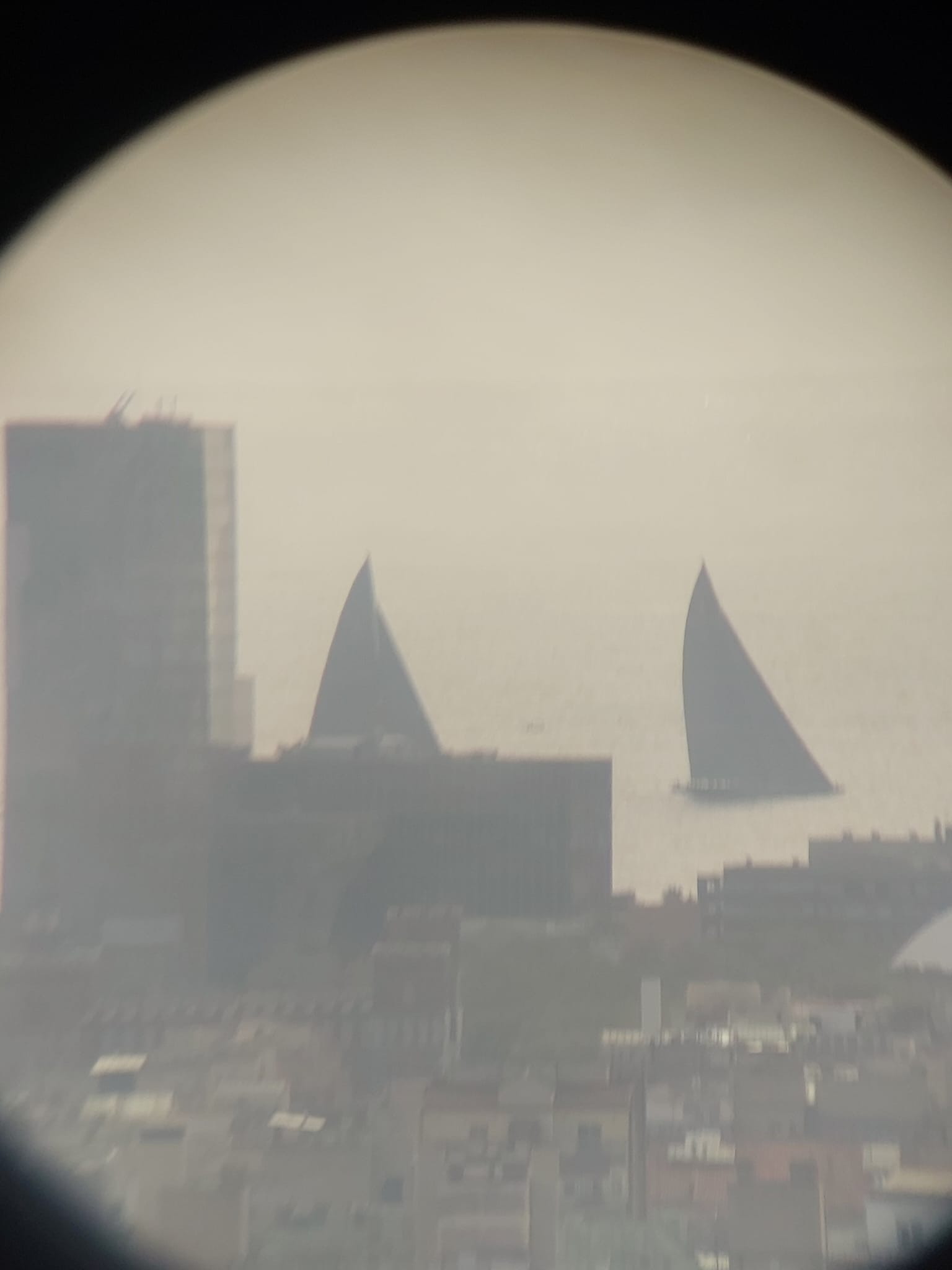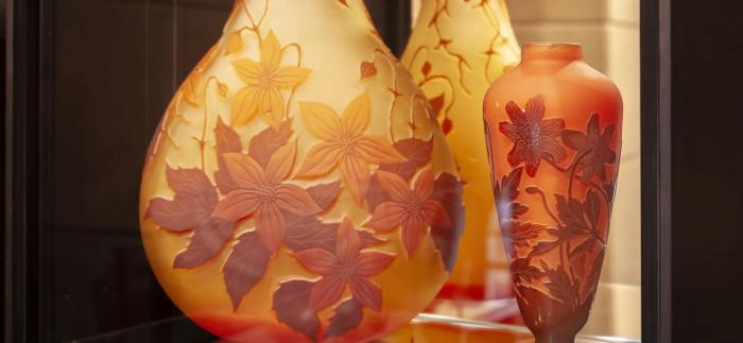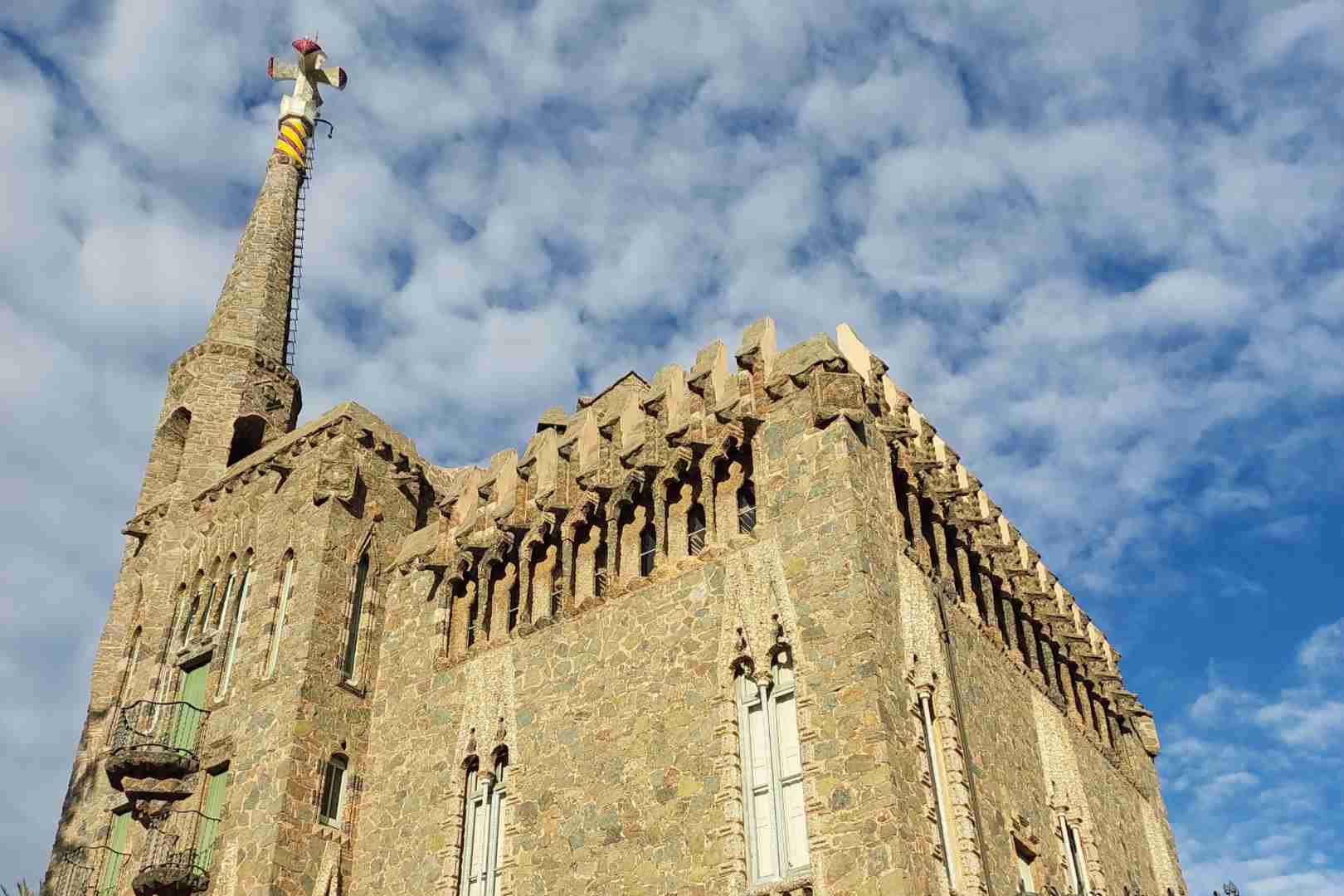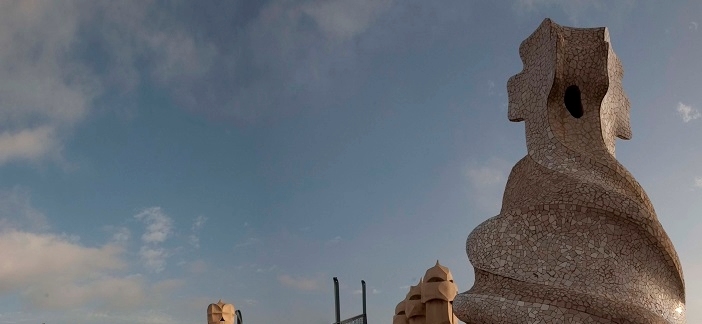The Sagrada Familia basilica in Barcelona has recently become a monumental symbol of architectural achievement by officially claiming the title of the tallest church in the world. This remarkable accomplishment was realized with the placement of a crucial segment of the central tower, propelling the basilica to an unprecedented height of 162.91 meters, thereby surpassing the former record holder, Germany’s Ulm Münster. This new milestone is not simply a numerical record but a testament to the enduring vision and ambition instilled by Antoni Gaudí, who envisioned a masterpiece that would massively rise above the city’s skyline and provide a spiritual beacon for generations to come.
The meticulous construction of the basilica traces back to 1882, with Gaudí dedicating the majority of his later life to its design and realization. Despite Gaudí’s untimely death in 1926, his pioneering spirit and design blueprint have continued to guide artisans, architects, and engineers for over a century. The recent lifting of the first part of the Tower of Jesus Christ atop the nave represents a significant phase in Gaudí’s original vision, bringing the structure closer to its final realization. When fully completed, these towers will reach around 172 meters, making the Sagrada Familia not only the world’s tallest church but also a towering monument to architectural ambition and spiritual aspiration.
What makes this achievement so impressive is the basilica’s resilience in the face of adversity. The extensive construction process faced interruptions due to the Spanish Civil War, during which some of Gaudí’s original plans and workshop models were destroyed. It also weathered delays caused by global events such as the COVID-19 pandemic and ongoing funding challenges. Yet, through determination and innovation, the project has advanced steadily, fueled by the steady influx of millions of tourists whose contributions help finance this massive endeavor. Today, nearly five million visitors a year marvel at the basilica’s grandeur, underscoring its international cultural and religious significance.
The architectural design of the basilica is equally significant for how it blends symbolism, innovation, and natural inspiration. Gaudí’s style is characterized by flowing organic shapes, intricate stonework, and detailed mosaics that reflect his devotion to nature and spirituality. The new tallest point is topped by a massive cross, measuring 17 meters tall and adorned with white ceramic and glass that captures the Mediterranean light. This cross is a crown to one of the most ambitious architectural projects ever undertaken, marrying modern engineering techniques with a deeply rooted artistic and symbolic vision.
Beyond the physical structure, the Sagrada Familia’s elevation to the tallest church carries profound implications for Barcelona and the wider world. It solidifies Barcelona’s place on the global cultural map, not only for its historical Modernisme and Gaudí attractions but as a vibrant city embracing cutting-edge construction that honors its past. The basilica symbolizes human perseverance, combining faith, art, and technology. Gaudí’s philosophy that architecture should emulate forms found in nature and create spaces that inspire spirituality continues to resonate with millions who view the basilica as a living monument rather than a static relic.
As the project nears its expected completion date, anticipated around 2030, the world watches closely. The centenary of Gaudí’s death in 2026 will be a pivotal moment, marked by ceremonies celebrating the man who transformed Barcelona’s skyline and vision of sacred architecture. The Sagrada Familia, rising above the city with its newly attained height, stands as an enduring legacy not just of one architect’s genius but of a collective human spirit committed to realization of a dream that transcends generations.
While some might see the project simply as a construction site, it embodies decades of cultural history, engineering breakthroughs, and artistic mastery. Its evolving stature in the city reflects the passage of time and a story of patience and progress. Each stone laid, each tower raised, is a milestone in a journey of faith and creativity that continues to inspire architects and visitors alike. In this way, the basilica’s ascension to the tallest church is less about reaching an endpoint and more about honoring an ongoing narrative of human potential.
The height of 162.91 meters symbolizes a gesture of humility as much as majesty. Gaudí intended the basilica’s tallest tower not to outshine the nearby Montjuïc hill, connecting the sacred structure to Barcelona’s natural geography and spiritual landscape. This harmony between nature and architecture exemplifies a reverence for the divine found in the natural world, a core belief behind the entire design philosophy of the basilica. The new record is thus a testament to sacred proportion as much as it is a demonstration of technical prowess.
The Sagrada Familia’s journey from foundational stone to world record holder is a lesson in enduring vision. It exemplifies how passion, faith, and innovation can converge to create landmarks that embody the spirit of a city and time. Gaudí’s work goes beyond aesthetics; it is a philosophical reflection on humanity’s place in the universe and the power of creativity. The basilica’s progress and recognition as the tallest church create a profound moment where architecture, history, and spirituality come together to inspire the world.
This accomplishment provides fertile ground for reflection on our cultural heritage and how we engage with the spaces that define us. The Sagrada Familia stands as an emblem of what can be achieved over time when visionaries and communities unite around a shared dream. It invites everyone to witness a story that is still unfolding—a masterpiece that encapsulates the beauty of perseverance and the timeless dialogue between human ingenuity and the divine. Through this latest milestone, the basilica not only crowns Barcelona’s skyline but also the collective human spirit invested in creating beauty and meaning that lasts beyond a lifetime.
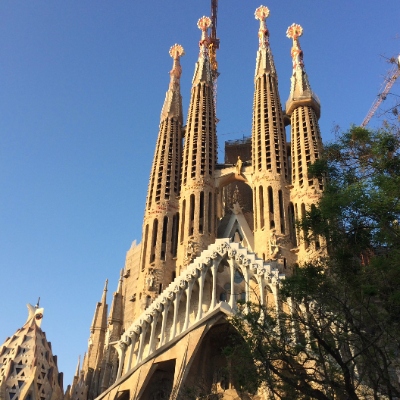
Art Nouveau, known locally as Catalan Modernisme, defines Barcelona’s soul, and our private tours are your gateway to its most spectacular works, extending far beyond the typical Sagrada Família and Park Güell stops. Imagine discovering the Industrial Modernisme of Masia Freixa, exploring the hidden Art Nouveau castles by the sea like Castell de Santa Margarita, or tracing the unique structures of architect Josep Maria Jujol, who shaped spaces like the Raspall Modernisme area near the city. These are not standard walking tours; they are curated private journeys into the city’s golden age, allowing you to choose your focus, whether it’s Gaudí’s hidden gems like Bellesguard or the masterpieces of his contemporaries. To browse these unique itineraries, visit our Barcelona tours page at artnouveau.club/city/barcelona.
Beyond our set itineraries, we specialize in crafting truly exclusive Art Nouveau experiences tailored just for you. Interested in a private stained-glass workshop, a home-hunting trip focused on Modernista properties, or a behind-the-scenes visit to a private Art Nouveau gallery? Simply contact us with your idea. Because our experiences are custom-designed, they guarantee a depth of access and expertise that generic tours simply cannot match. Don’t wait—share your specific request today and let us transform your visit into a bespoke exploration of Barcelona’s magnificent artistic heritage. Find inspiration and request your custom experience here: artnouveau.club/city/barcelona.
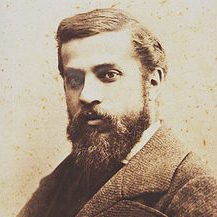

The great medieval Gothic cathedrals represent a reality that transcends the material: they do not respond to practical, economic, or political necessities, yet they were considered more essential to the life of the community than the very homes surrounding them. These sacred architectures—those that survived wars and revolutions—remind us that humanity is not reducible to the matter of which it is made, and that our true home does not reside here.
A monumental answer to this question comes from the Catalan architect Antoni Gaudí (1852–1926). Gaudí devoted almost his entire life to the construction of the Expiatory Temple of the Sagrada Família, a church dedicated to the atonement of sins. The project began with the fervent Catholic philanthropist Josep Maria Bocabella, founder of the Association of Devotees of Saint Joseph, who envisioned a Gothic-Renaissance style temple.
The project materialized in 1881 with the purchase of the land. Although the first architect, Francisco de Paula del Villar y Lozano, proposed a Neo-Gothic building, he resigned in 1883 after completing only the crypt due to disputes. Bocabella then offered the commission to Joan Martorell, who surprisingly refused, instead recommending his young assistant and collaborator, the thirty-one-year-old Antoni Gaudí, as the most suitable person for the undertaking.
From that moment on, the life of the brilliant Catalan artist, “shaper of stone, brick, and iron” as Le Corbusier defined him, became intertwined with the ever-changing and still unfinished construction of the Temple. In this work, the stone itself appears truly transformed into a living material. Works of art that survive the passage of time transcend human life, much like the Greek temple figures of transcendence discussed by Heidegger. While the distance between the geometric harmonies of a Greek temple and the daring formal inventions of the Sagrada Família is immense—Gaudí’s style is unique and unclassifiable—both are figures of transcendence. They are human works that speak to us of the divine within us and outside us, in the soul and in nature.
Significantly, even the atheist anarchists who set fire to the crypt during the Spanish Civil War did not dare to rage against the Nativity Façade nor the four front towers, the only parts built by Gaudí before his tragic death, hit by a tram in 1926. Fortunately, the intention of fanatical Islamist terrorists to blow up this masterpiece also remained an unfulfilled threat. Today, Bocabella’s dream of erecting a monument to the Christian faith continues to be realized thanks to popular donations.


